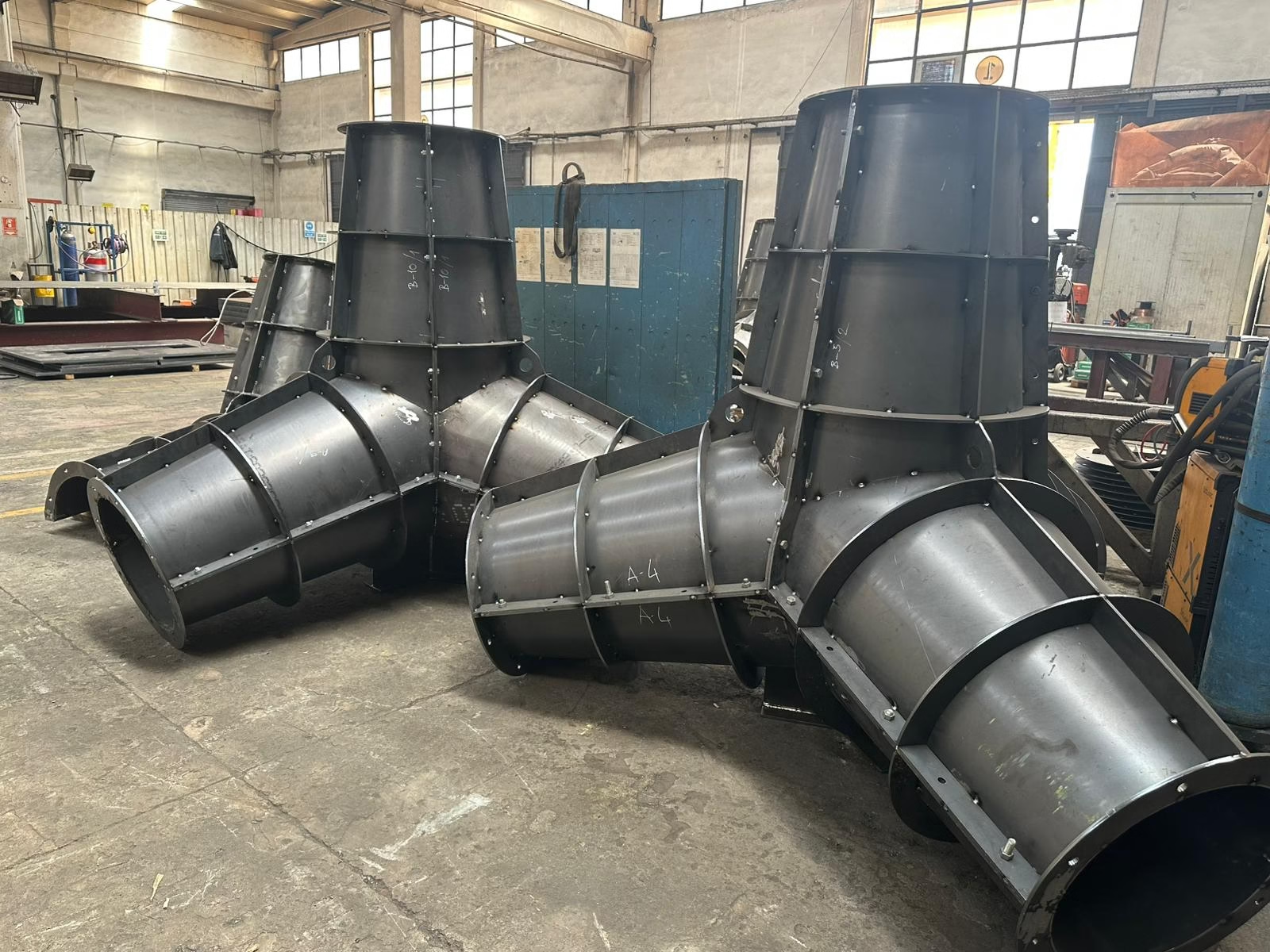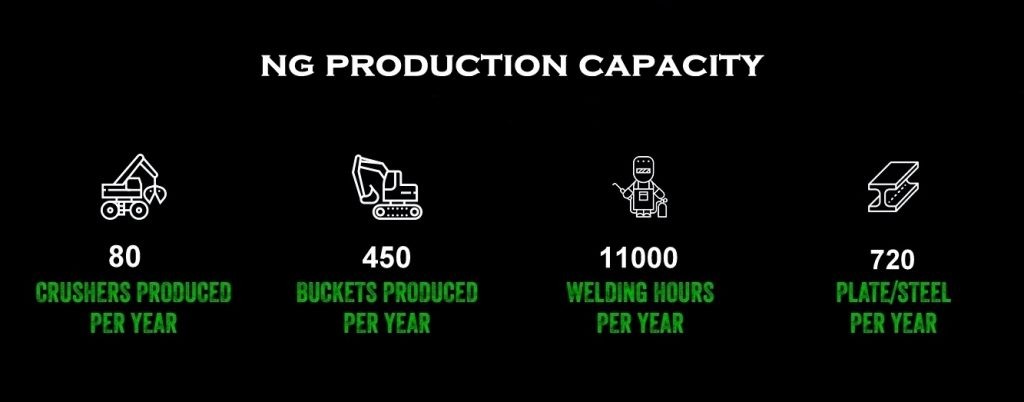This post is also available in: Türkisch Englisch Französisch Russisch Spanisch Arabisch Bulgarisch Griechisch Rumänisch
Tetrapods are specially shaped concrete units used to dissipate wave energy and protect coastal structures.
NG Attachments manufactures tetrapods in the 5–25 tons range using high-strength C40–C50 concrete, stable steel moulds, and controlled vibration compaction—fully aligned with project specifications. Made in Türkiye. Manufactured to European quality standards with fast production and delivery. The image shows high-strength C40–C50 class concrete tetrapods by NG Attachments for breakwater protection and port fill applications. Breakwaters and revetments, port and marina protection, coastal defense, erosion control, and outer armor layers of reclamation fills. Tables are horizontally scrollable on mobile. Please swipe to view all columns. *Dimensions and volumes are indicative. Final sizing depends on hydrodynamic design (design wave height, period, currents, seabed, etc.) and project specifications. Tables are horizontally scrollable on mobile. Please swipe to view all columns. With these inputs, NG Attachments helps determine the optimal tetrapod unit weight and production volume for your site.
Upon request, we can provide a summary stability note and recommended placement layout. Unit weight/size, concrete class, mould count, production quantity, and job-site logistics (cranes, transport, stacking) shape the total cost.
We quote based on project drawings and design wave parameters. A tetrapod is a specially shaped concrete unit that dissipates wave energy and protects coastal structures such as breakwaters and revetments. Marine-grade high-strength concrete, typically C40–C50, selected based on environmental exposure and curing requirements. By hydrodynamic design considering Hs, Tp, water depth, and seabed conditions. We manufacture in the 5–25 tons range. Depends on mould count, quantity, and site logistics. Multi-mould and shift planning enable fast series production. Nur Group Mühendislik is the manufacturer and NG Attachments is our global brand.
Our production follows international welding and QA standards; handling/placement is executed precisely according to technical drawings.CONCRETE TETRAPOD MANUFACTURING FOR BREAKWATER AND PORT FILL PROJECTS

KEY ADVANTAGES
APPLICATIONS
TECHNICAL OPTIONS (TYPICAL)
MODEL
NOMINAL WEIGHT (t)
APPROX. HEIGHT H (mm)
TIP-TO-TIP (mm)
CONCRETE VOLUME ~ (m³)
CONCRETE CLASS
NOTE
NG-TPD-05
5
2000–2200
2400–2600
~2.0
C40–C50
General shoreline works
NG-TPD-10
10
2600–2800
3100–3300
~4.0
C40–C50
Port outer armor
NG-TPD-15
15
3000–3200
3600–3800
~6.0
C40–C50
Higher design wave
NG-TPD-20
20
3300–3500
4000–4200
~8.0
C40–C50
Primary breakwater
NG-TPD-25
25
3600–3800
4300–4500
~10.0
C40–C50
Harsh sea states
HYDRODYNAMIC SELECTION GUIDE – PROJECT PARAMETERS AFFECTING TETRAPOD SIZING
PARAMETER
DESCRIPTION
TYPICAL RANGE
PROJECT IMPACT
Design Wave Height (Hs)
Significant/maximum wave height
2–8 m
Primary driver for unit weight
Peak Wave Period (Tp)
Wave period
6–14 s
Affects armor porosity/layout
Water Depth / Bathymetry
Toe elevation and slope geometry
Project-specific
Determines slope and layer count
Seawater Density (γ)
Water density
≈1.025 t/m³
Used in stability equations
Placement Coefficient (nₛ)
Armor packing/void ratio
1.5–2.5
Impacts quantity of units
Safety Factor (Kₛ)
Design margin
1.2–1.5
Durability and service life
Seabed Condition
Rock / compact fill / loose soil
Project-specific
Affects foundation and placement
PRODUCTION & QUALITY STANDARDS
HOW ARE TETRAPOD PRICES DETERMINED?
FAQ
What is a tetrapod and why is it used?
Which concrete class is used?
How is the unit weight selected?
What is the lead time?


